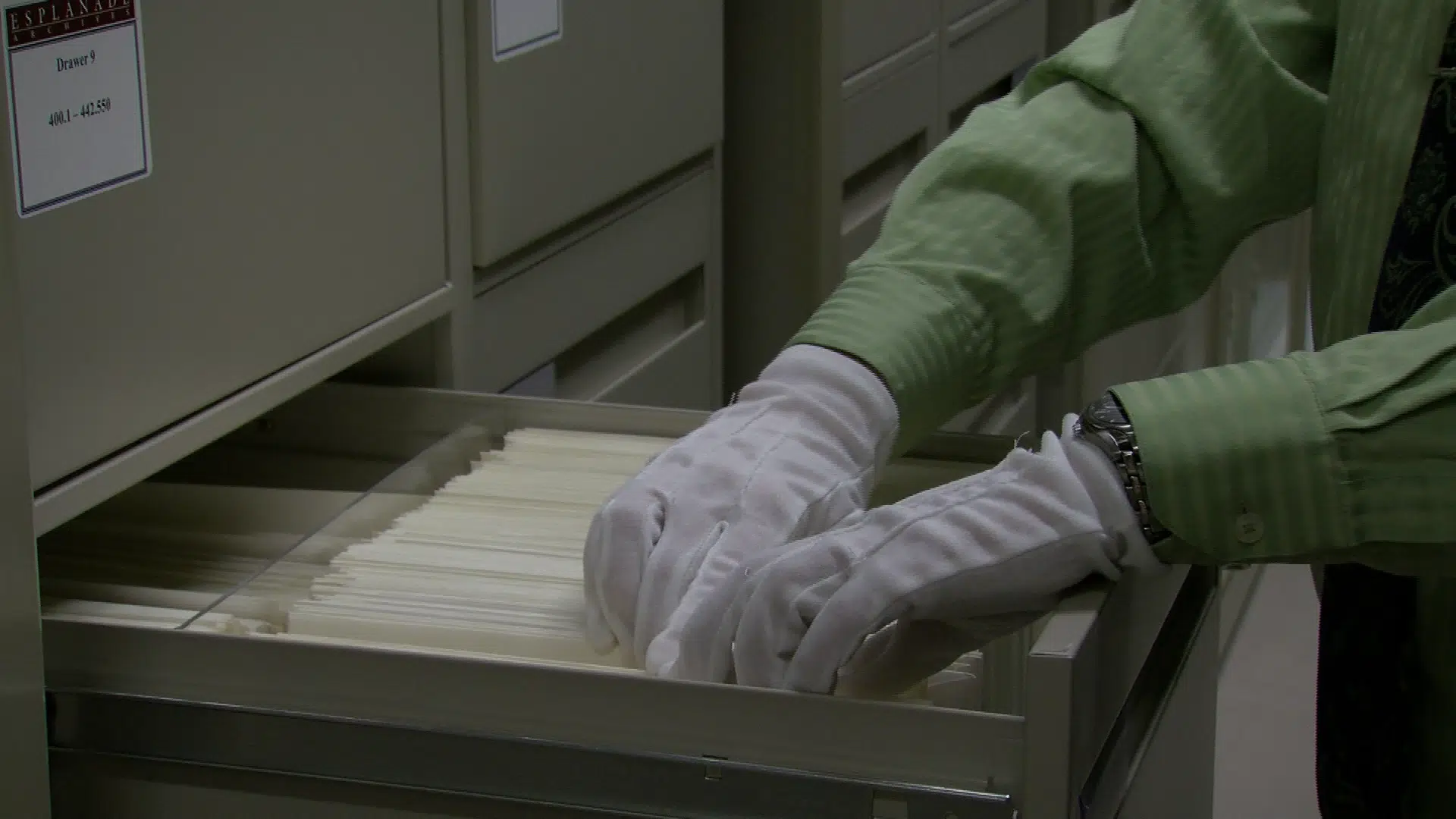
Preparation key for museums to avoid loss of artifacts
MEDICINE HAT, AB — The recent disaster at Brazil’s National Museum is prompting museums and historical sites around the world to take a closer look at their emergency plans.
On Sept. 2, the museum, which contained more than 20 million artifacts, caught fire. Museum officials believe 90 per cent of the collection, which spans 11,000 years of world history, has been lost.
It’s a disaster that is in the minds of archivists and museum officials in Medicine Hat.
